Product Description
| Output power | 300 to 18 000 kW at 50 Hz 400 to 15 000 HP at 60 Hz |
| Frame size | IEC 400 to 1120 |
| Number of poles | 4 to 12 |
| Voltages | 380 to 13 800 V |
| Frequency | 50 or 60 Hz |
| Environment | IP55, IP23/IPW24 IC01, IC611, IC81W |
| Enclosure material | Welded steel |
| Motor type | AMK, AML |
| Mounting type | Horizontal or vertical |
| Standards | IEC, NEMA, GOST, CSA, BS, ANSI, IEEE, VDE, EN |
| The motors are of modular construction and have a wide range of accessories. |
| Slip-ring unit |
| Wound rotor motors (slip-ring motors) can be supplied with permanent contact brushes or brush-lifting gear. In both cases, the slip rings are enclosed in a housing, at the N-end, separate from the motor housing. This arrangement provides for easy access and maintenance. It keeps carbon dust out of the motor and offers the possibility of having different enclosures and cooling methods for the slip ring housing. |
| Slip rings with permanent contact brushes The slip rings are manufactured from highly corrosion-resistant Cu-Sn-Ni alloy, and they are helical grooved as standard. |
| Slip rings with brush-lifting gear The slip rings are manufactured from stainless steel and have a smooth, non-grooved surface. After the motor has achieved full speed, the brush-lifting and slip ring short-circuiting gear (BLG) first short-circuits the rotor winding and then raises the brushes from the slip rings. |
| Rotor construction |
| Depending on the size of the motor, a cylindrical or spider shaft is used. The rotor core is shrunk onto the shaft. Rotor coils are tightly fitted into the slots to minimize vibration. A rigid bandage is used to support the coil ends against centrifugal forces. |

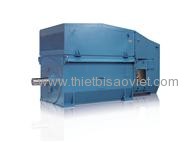



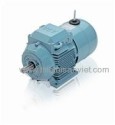
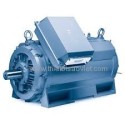
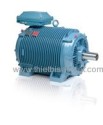
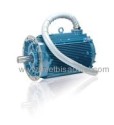
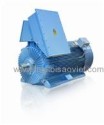
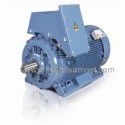

 Công Ty TNHH Thiết Bị Công Nghiệp Sao Việt chuyên cung cấp máy móc, thiết bị, phụ tùng các loại máy, kết hợp với các dịch vụ lắp đặt sửa chữa, bảo trì các loại máy móc, thiết bị công nghiệp.
Công Ty TNHH Thiết Bị Công Nghiệp Sao Việt chuyên cung cấp máy móc, thiết bị, phụ tùng các loại máy, kết hợp với các dịch vụ lắp đặt sửa chữa, bảo trì các loại máy móc, thiết bị công nghiệp.